Xinjiang, a captivating region nestled in the northwest of China, stands as a testament to the country’s diverse cultural heritage and rich culinary traditions. Known officially as the Xinjiang Uygur Autonomous Region, or simply Sinkiang, this area is a veritable treasure trove of flavors, shaped profoundly by its historical role as a crucial node along the ancient Silk Road. In this article, we embark on a flavorful journey, diving deep into the world of Xinjiang BBQ, exploring its unique cuisine, and unveiling the cultural significance that underpins this remarkable region. Whether you’re meticulously planning a Xinjiang tour or are merely curious about the culinary wonders it holds, this comprehensive guide promises to take you on an unforgettable gastronomic adventure.
The Allure of Xinjiang BBQ
Xinjiang BBQ is more than just a meal; it’s a culinary experience that tantalizes the senses. Celebrated with its aromatic skewers, this cuisine represents a delightful fusion of Chinese and Central Asian flavors, creating a unique gastronomic identity.
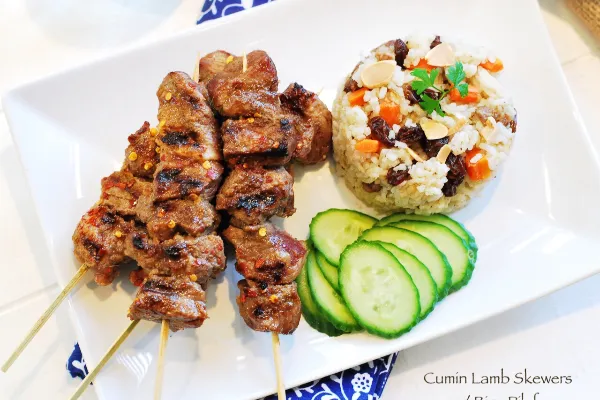
A Fusion of Flavors
The hallmark of Xinjiang BBQ lies in its aromatic skewers, a captivating blend of Chinese and Central Asian culinary traditions. Each skewer is meticulously seasoned with a tantalizing mix of spices, including the ever-present cumin, fiery chili flakes, and the distinctive Sichuan pepper. This combination creates a symphony of tastes that playfully dance on your palate, leaving you craving more. Among the popular choices, you’ll find succulent lamb, tender beef, crispy chicken skin, and even more adventurous options such as quail eggs and squid, each offering a unique texture and flavor profile.
The Influence of the Silk Road
The historical Silk Road played an undeniable and crucial role in shaping Xinjiang’s culinary landscape. As a pivotal trade route that connected the East and West, it facilitated an influx of diverse spices, exotic ingredients, and innovative cooking techniques into the region. This rich historical exchange is vividly evident in the diverse flavors and unique dishes that collectively define Xinjiang cuisine today, making it a culinary mosaic that reflects centuries of cultural interaction.、

Xinjiang: A Cultural and Culinary Destination
Xinjiang is much more than just a geographical location; it is a convergence of cultures and culinary arts.
The Region’s Significance
Xinjiang’s significance extends far beyond its geographical boundaries. It represents a cultural crossroads where East meets West, and where culinary traditions have been shaped by centuries of exchange and innovation.
A Culinary Mosaic
Xinjiang cuisine is a vibrant reflection of the region’s diverse cultural influences, a testament to the harmonious blending of traditions and innovation. From the mouthwatering mutton kebabs, marinated in a symphony of spices and grilled to perfection, to the comforting and hearty Uyghur polo, a delightful variant of pilaf, the food in Xinjiang tells a story of cultural fusion. The region’s culinary offerings are as varied as its stunning landscape, with dishes that cater to both ardent meat lovers and discerning vegetarians, ensuring a gastronomic experience for every palate.
Must-Try Dishes
- Lamb Kebabs: A cornerstone of Xinjiang cuisine, these skewers feature tender lamb marinated in a special blend of spices and grilled to perfection. The result is a smoky, savory delight that captures the essence of Xinjiang BBQ. The process typically involves cutting the lamb into small, manageable pieces, then soaking them in a mixture of cumin, coriander, paprika, and a touch of salt and pepper. The grilling process is an art in itself, requiring constant attention to ensure the meat is cooked evenly and remains juicy.
- Laghman Noodles: These hand-pulled noodles showcase the culinary artistry of the region. Served typically with a generous topping of stir-fried meat and vegetables, Laghman offers a hearty and flavorful meal that is both comforting and satisfying. The noodles are made by stretching and folding the dough repeatedly until the desired thickness is achieved. The stir-fried topping often includes ingredients like beef, bell peppers, onions, garlic, and a mix of local spices, adding depth and complexity to the dish.
- Dapanji (Big Plate Chicken): A signature dish of Xinjiang, Dapanji is a robust and flavorful stew made with chicken, potatoes, and bell peppers, all simmered in a rich and spicy sauce. This dish is a true celebration of flavors, combining the tender chicken with the hearty potatoes and the vibrant bell peppers, all infused with a spicy kick. The sauce is typically made with a blend of chili peppers, garlic, ginger, and various spices, creating a tantalizing aroma that fills the air.
- Uyghur Polo: This delicious pilaf is made with rice, carrots, and lamb, often garnished with raisins and nuts to achieve a delightful sweet-savory balance. The rice is cooked in the flavorful broth created by simmering the lamb, carrots, and onions, allowing it to absorb all the delicious flavors. The addition of raisins and nuts not only adds a touch of sweetness and crunch but also enhances the overall visual appeal of the dish.
- Naipizi: A unique dairy delicacy, Naip Izi is made by boiling milk and allowing it to dry into a crispy skin. This is often enjoyed as a snack or as a topping for desserts, adding a unique texture and flavor. The process of making Naip Izi requires patience and precision, as the milk needs to be simmered gently to avoid burning. The resulting crispy skin is thin, delicate, and slightly sweet, making it a perfect complement to a variety of dishes.
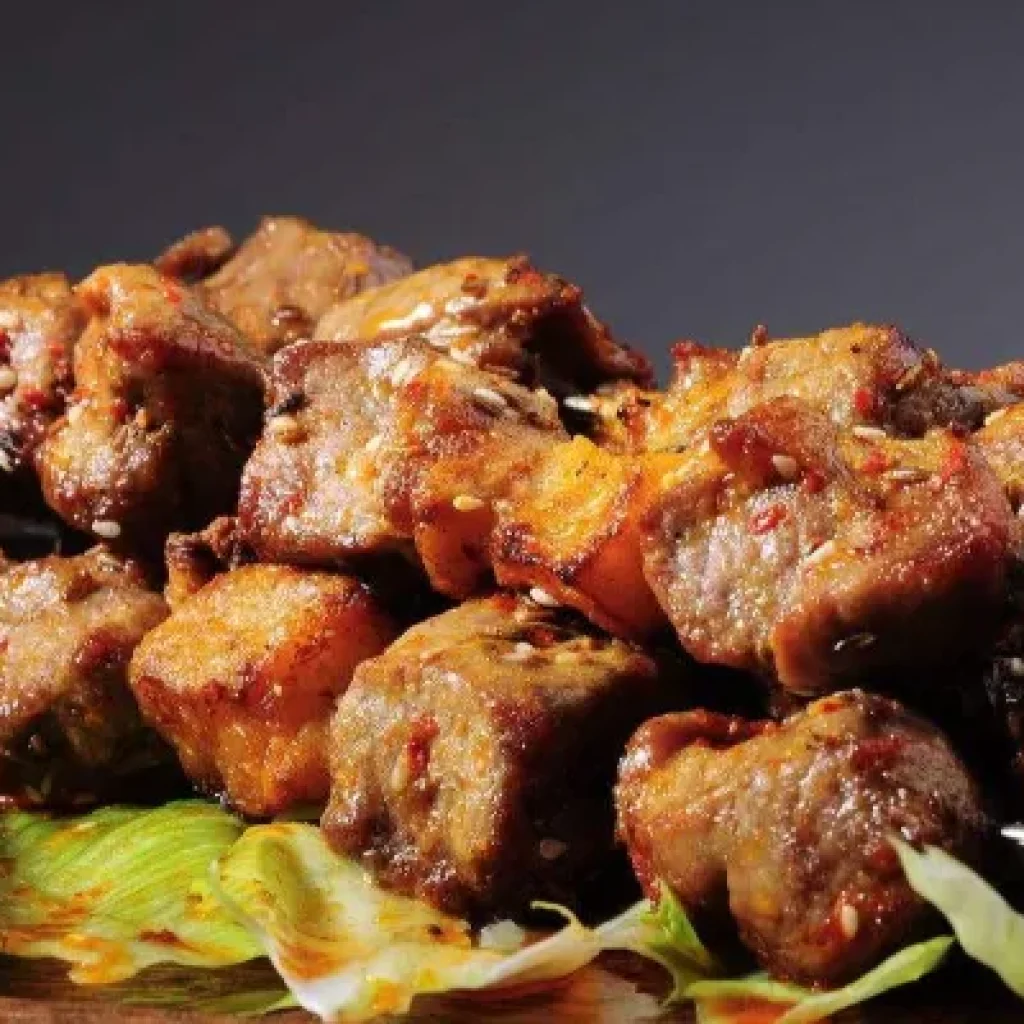
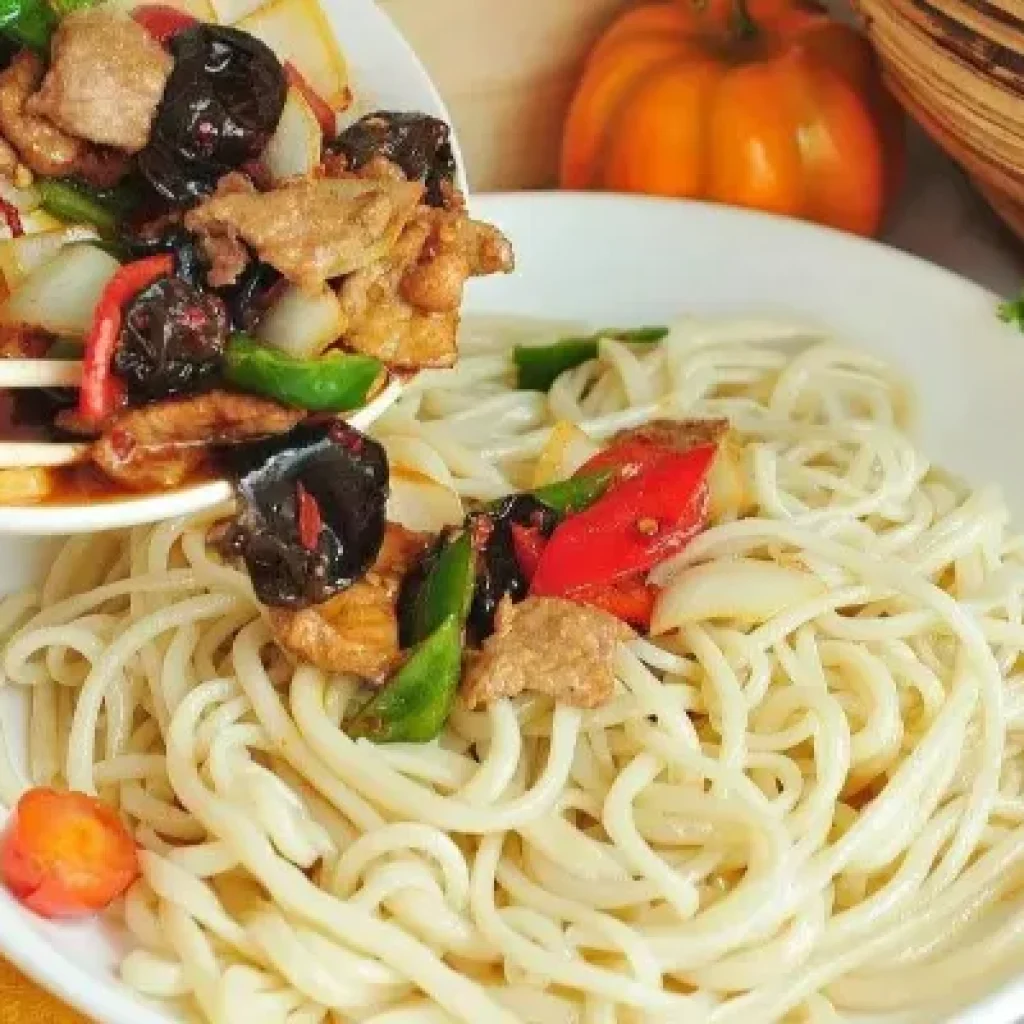
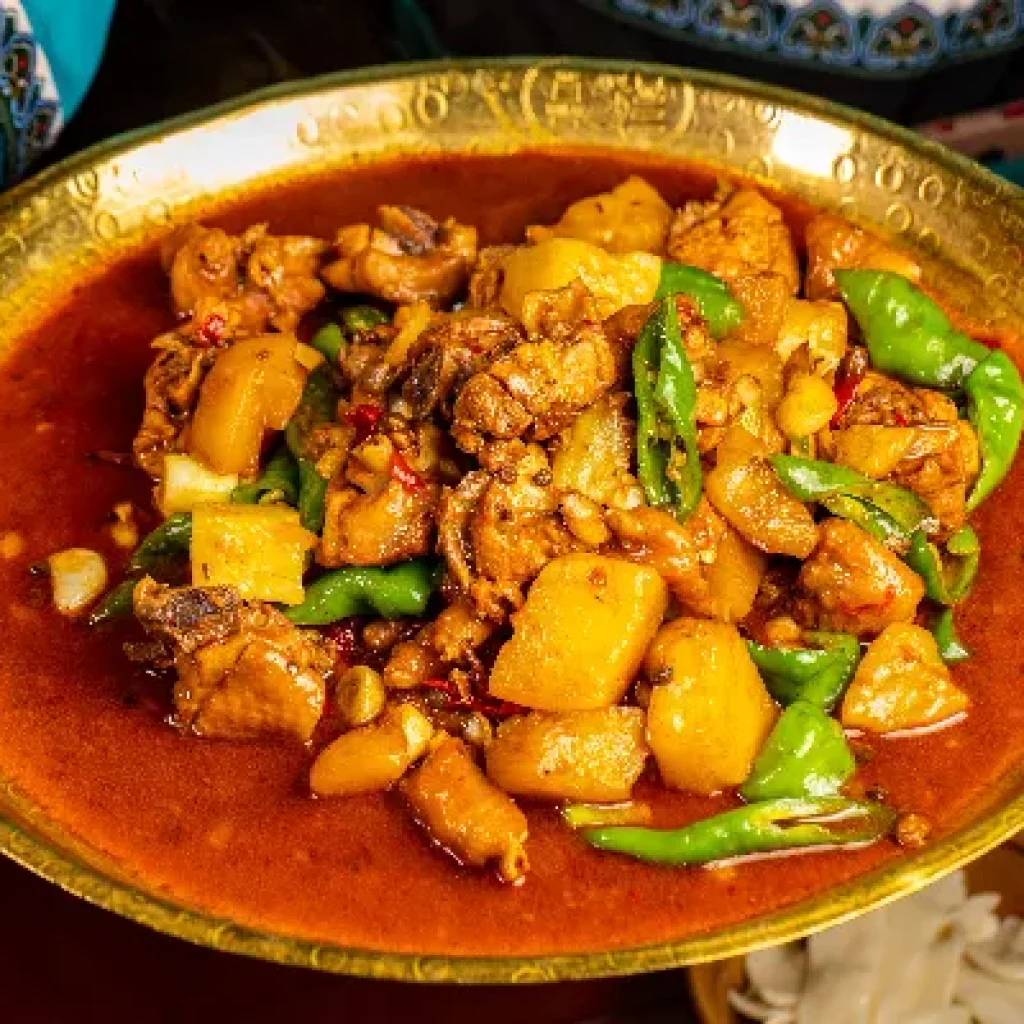
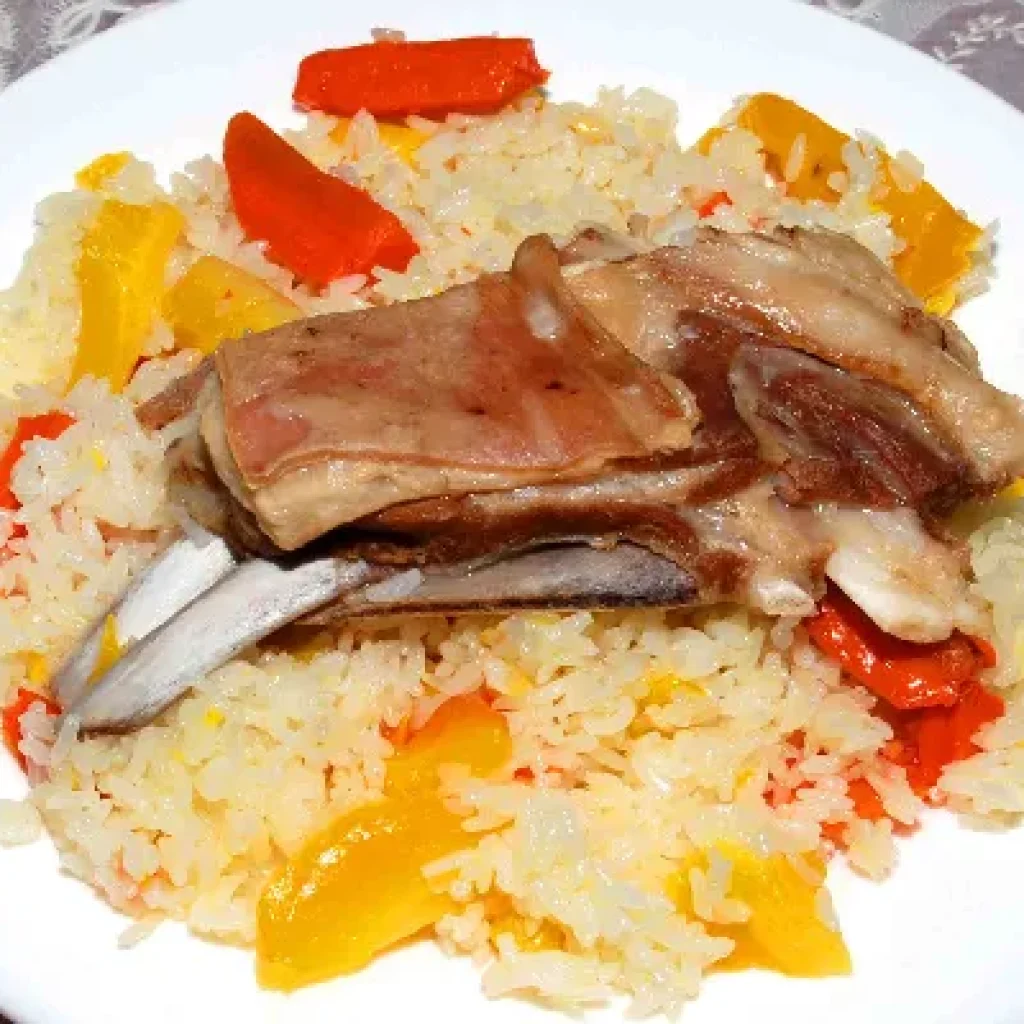
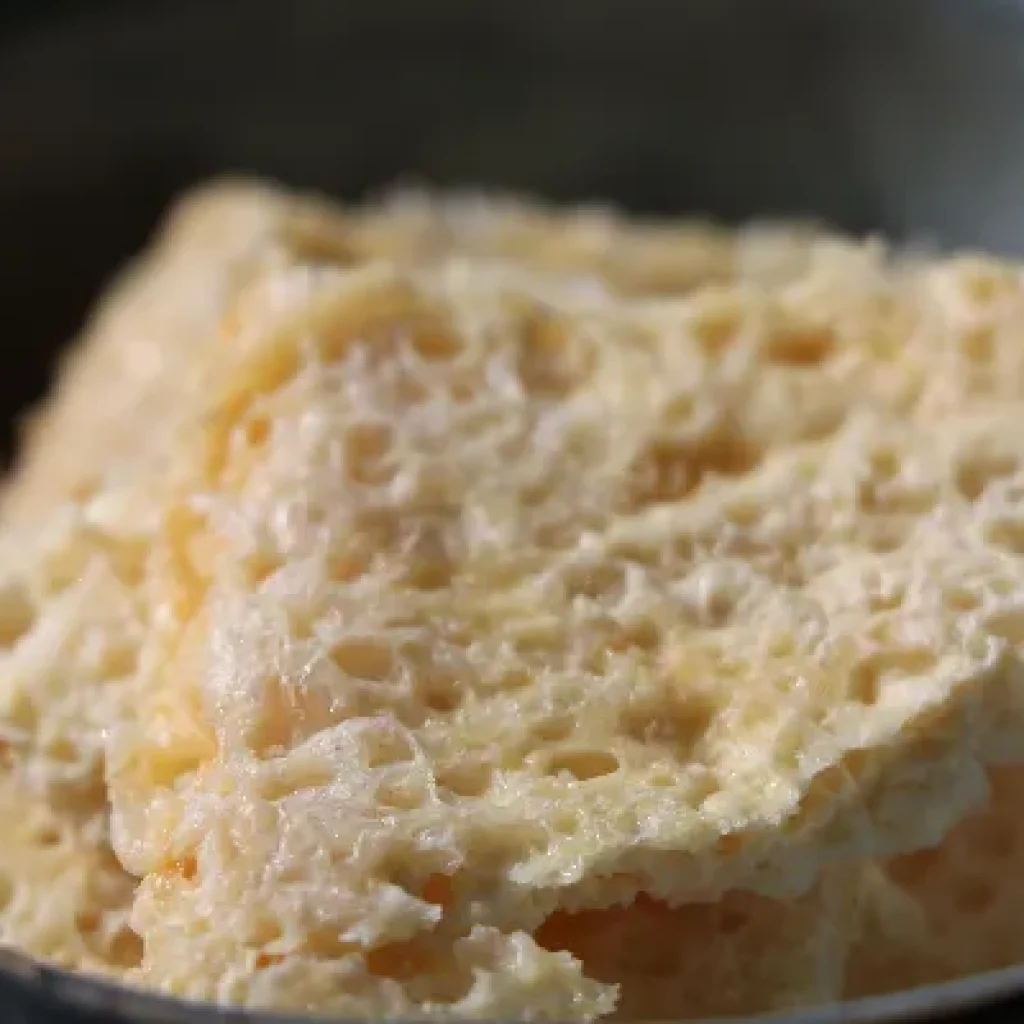
Xinjiang: A Cultural and Culinary Destination
Xinjiang is much more than just a culinary paradise; it is a region deeply rooted in history and overflowing with cultural significance.
The Region’s Significance
Xinjiang is not only a culinary paradise but also a land steeped in history and rich cultural significance. Known as the Xinjiang Uygur Zizhiqu in Mandarin, this autonomous region is home to a vibrant tapestry of ethnic groups, including the Uyghurs, Kazakhs, and Tajiks, each contributing to the region’s unique cultural mosaic. This incredible diversity is beautifully reflected in the region’s food, its captivating music, and its time-honored traditions, making Xinjiang a truly unique destination.
Planning Your Xinjiang Tour
For those eager to immerse themselves in the wonders of Xinjiang, a carefully planned tour is paramount. The region boasts a wealth of attractions, from the bustling and vibrant bazaars of Urumqi, where you can haggle for local crafts and sample street food, to the serene and majestic landscapes of the Tianshan Mountains, offering breathtaking views and a sense of tranquility. Consider our Xinjiang Silk Road 10-Day Private Tour, an expertly crafted itinerary that encompasses the must-see destinations of Xinjiang, including Urumqi, Turpan, Korla, and Kashgar. A detailed Xinjiang map is an invaluable tool for navigating this vast and diverse area, ensuring you don’t miss out on any of its hidden gems and cultural treasures.

A Taste of Home
Even if a journey to Xinjiang isn’t immediately possible, you can still capture the essence of its cuisine in your own kitchen.
Here’s how to create Xinjiang Lamb Skewers at home:
Ingredients:
- 1.5 pounds of boneless lamb shoulder or leg, cut into 1-inch cubes
- 1 large onion, grated
- 4 cloves garlic, minced
- 2 tablespoons cumin powder
- 1 tablespoon chili flakes (adjust to your spice preference)
- 1 tablespoon paprika
- 1 teaspoon Sichuan peppercorns, toasted and ground
- Salt and black pepper to taste
- Skewers (metal or wooden, if using wooden soak in water for 30 minutes)
Instructions:
- Marinate the Lamb: In a large bowl, combine the lamb cubes, grated onion, minced garlic, cumin powder, chili flakes, paprika, Sichuan peppercorns, salt, and black pepper. Mix well to ensure the lamb is evenly coated with the marinade. Cover the bowl and refrigerate for at least 4 hours, or preferably overnight, to allow the flavors to meld together.
- Thread the Skewers: Thread the marinated lamb cubes onto the skewers, leaving a small space between each piece for even cooking.
- Grill the Skewers: Preheat your grill to medium-high heat. Place the skewers on the grill and cook for about 8-10 minutes, turning occasionally, until the lamb is cooked through and slightly charred on the outside. The internal temperature should reach 145°F (63°C) for medium doneness.
- Serve: Remove the skewers from the grill and let them rest for a few minutes before serving. Garnish with a sprinkle of cumin powder and chili flakes, if desired.
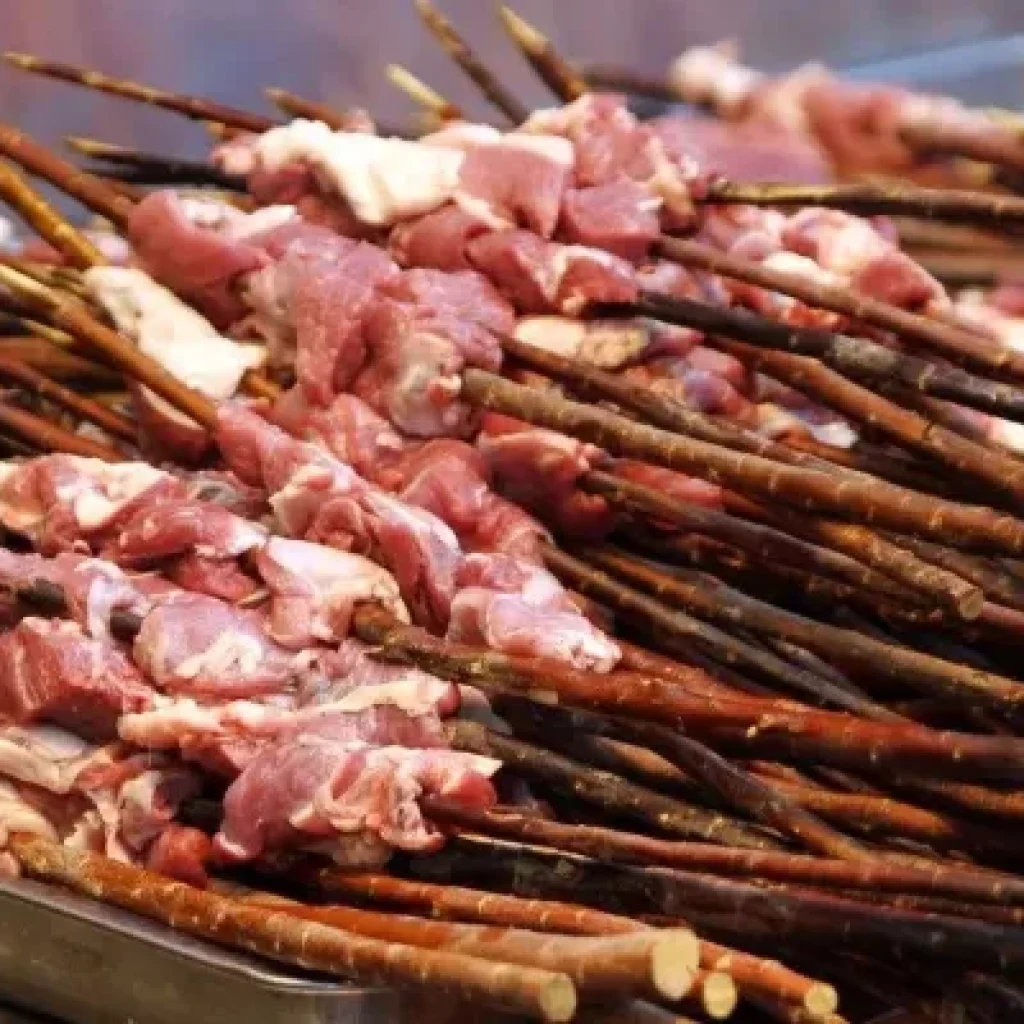
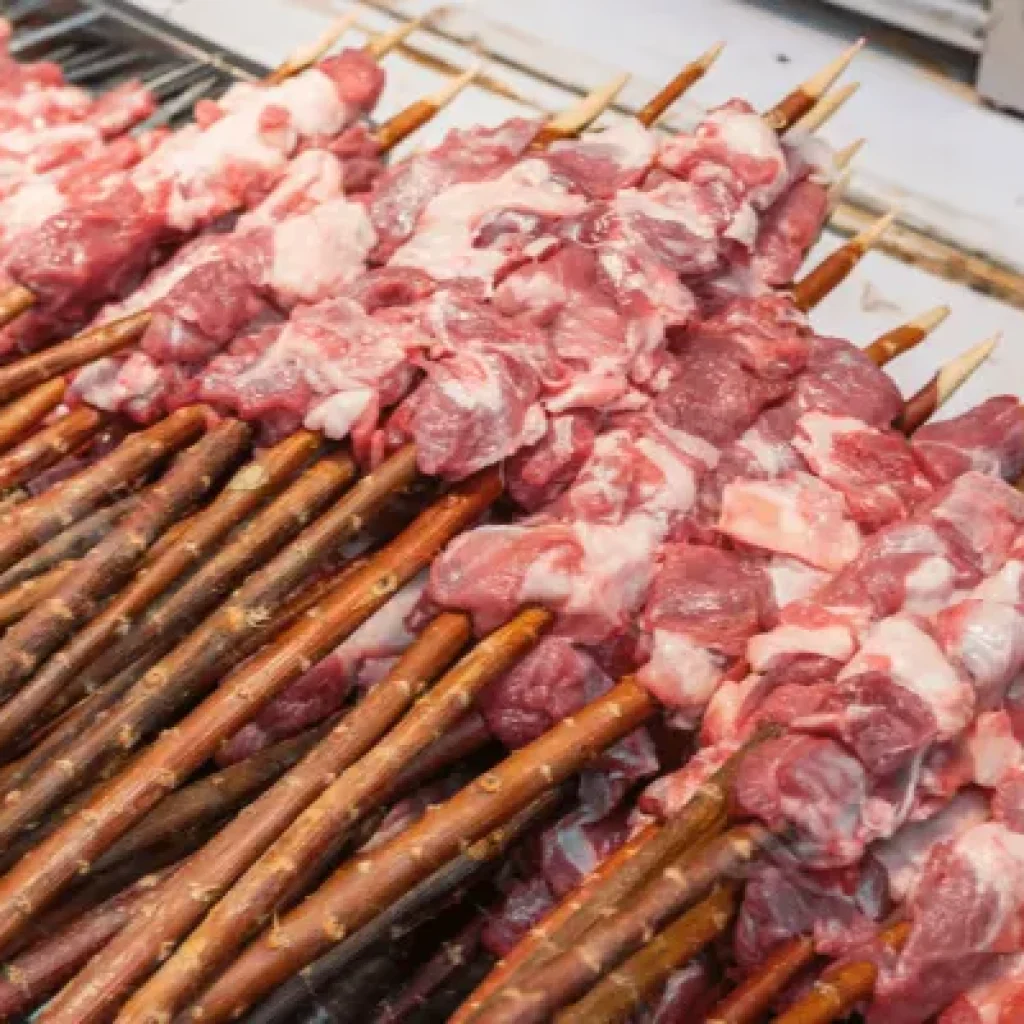
Conclusion
Xinjiang BBQ and its diverse cuisine offer an enchanting and flavorful journey into a region brimming with history and cultural diversity. Whether you identify as a seasoned traveler seeking new horizons or a devoted food enthusiast with a passion for culinary exploration, delving into the culinary delights of Xinjiang is an adventure that promises unparalleled rewards. From the tantalizingly aromatic skewers of Xinjiang BBQ, infused with exotic spices and grilled to perfection, to the wide array of diverse dishes that define the region’s unique culinary identity, there’s undoubtedly something to captivate and satisfy every palate. So, why not embark on a Xinjiang tour to experience the magic firsthand, or visit a local restaurant that specializes in this remarkable cuisine? Don’t hesitate to share this article with fellow food lovers and start planning your Xinjiang adventure today!
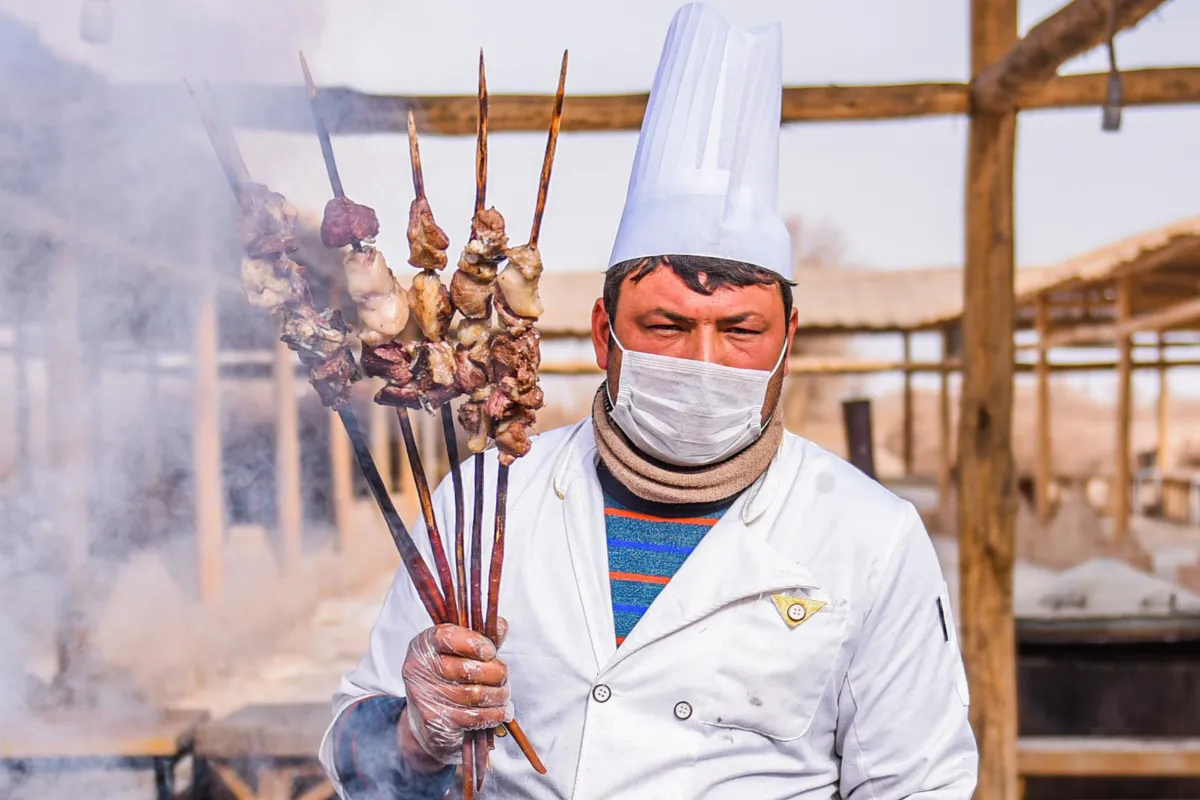

0 Comment